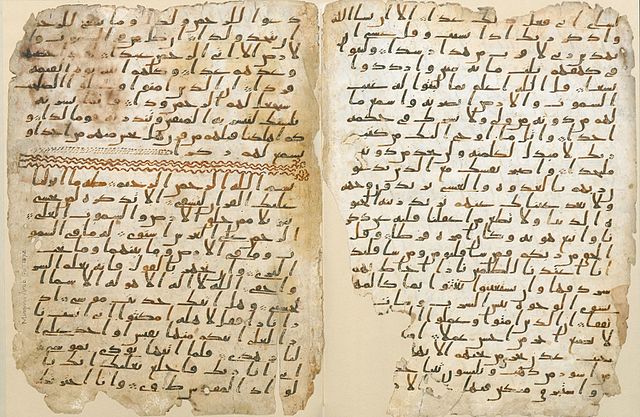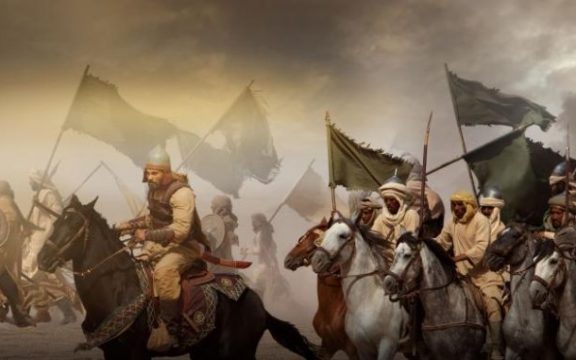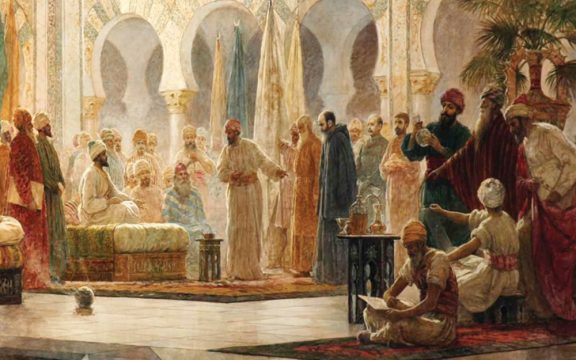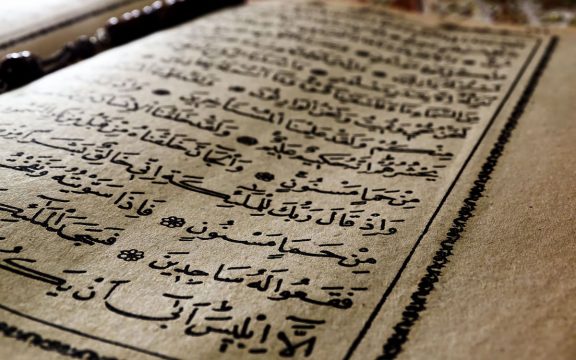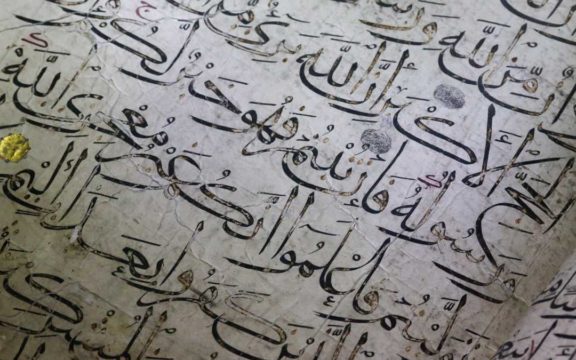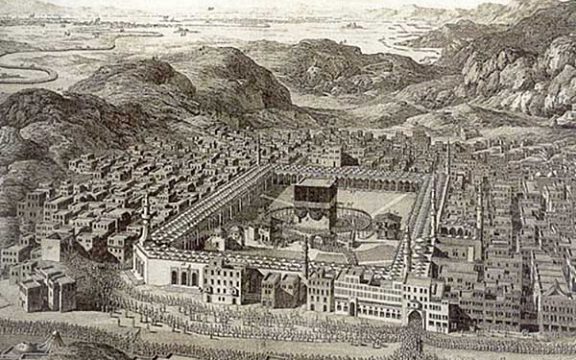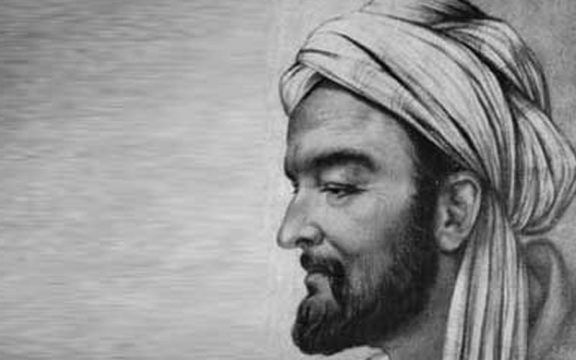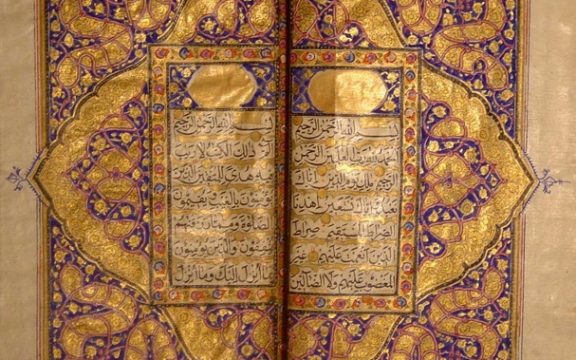The New York Times headlined the newest finding of the oldest Quranic manuscript of the world in Birmingham. Researchers have concluded that this manuscript is among the earliest written textual evidence of the Qur’an known to survive.
It is Alba Fedeli, an Italian researcher at the University of Birmingham who studying for her doctorate at the time, became the first person who captivated by this interesting finding and do academic research on this manuscript.
The manuscript has been in Birmingham since 1930s. It was preserved at Mingana Collection of Middle Eastern manuscripts, the Cadbury Research Library, University of Birmingham. This manuscript consists of two parchment leaves that are made of animal skin. It is written in clear Hijazi script from chapter 18 (al-Kahfi) to 20 (Taha) but it is only a small portion of the Qur’an.
These two parchments are double-sided, making up four pages in total. The front page covers verses 17-22 of chapter al-Kahfi and the back page of this parchment continues the following verse of 23-31. The second parchment contains verses 91-98 of the last part of Maryam and the second half contains the first 12 verses of Taha. The back page contains verses 13-39.
Radiocarbon testing of the fragment has definitely dated that it is from a 568-645 period and close to Prophet Muhammad’s life era. It is estimated to be at least 1.374 years old. In this case, radiocarbon dating of the Oxford laboratory measured the age of the goat or sheep whose skin was turned into parchment.
Professor David Thomas, a senior lecturer of Islamic Studies University of Birmingham, said that this manuscript provided crucial information to help a dispute about whether the Qur’an was written down at the time of the prophet, or compiled years later after being passed down by oral transmission (mouth by mouth).
Although the radiocarbon dating was considered precisely 95% accurate, the claim of the oldest Qur’anic manuscript in the world is still debatable. In Islamic history, Prophet Muhammad life between 570-632 and his prophetic call in 610 is the first time when he accepted the Qur’anic verse.
It is hard to say that the Qur’an is predating Muhammad’s life or his prophetic call. MM Azami, in his book of History of the Qur’anic Text: from revelation to compilation, wrote that the Qur’an had been written its entirely during Muhammad’s life, but not had been collected together.
The collection started from the caliph Abu Bakr era and reached the peak when the third caliph, Usman ordered one official text to be produced and other variants to be burned in 650. Once again, it is problematic to say that this manuscript dated in the period of 568-645.
Islamic history also tells us the process of the written Qur’an is started with oral transmission. Some of this oral transmission was later written on papyrus, stone, camel bone, palm leaves, and leather. Any oral or these written parts then gathered into a standardization Qur’an in Usman era.
Interestingly, a Western prominent scholar of Islamic history, John Wansbrough suggested in his foreword of Qur’anic studies and method of scriptural interpretation that the Quran in Uthman era is quite anachronistic. Moreover, in his article The Sectarian Milieu: Content and Composition Of Islamic Salvation History, he claims the manuscript of the Qur’an in the seventh century simply does not exist.
This claim immediately collapsed when these two parchments of Birmingham manuscript dated in the seventh century. It is a big news for Muslim in debating this statement. When some Western scholars noted the traditional narrative given by Muslim as an apologist reason, this important manuscript is a shred of clear evidence.
Omid Safi, the director of the Duke Islamic Studies Center said that the discovery of the manuscript provided further evidence for the position of the classical Islamic tradition that the Quran as it exists today is a seventh-century document.
It may be concluded that this manuscript is a monumental discovery not only for the Muslims but also for human civilization. Although there are several debates, Birmingham manuscript has given us an insight into what have been peripheral views of the Quranic genesis.
![Islami[dot]co](https://en.islami.co/wp-content/themes/jambualas/images/logo.png)
